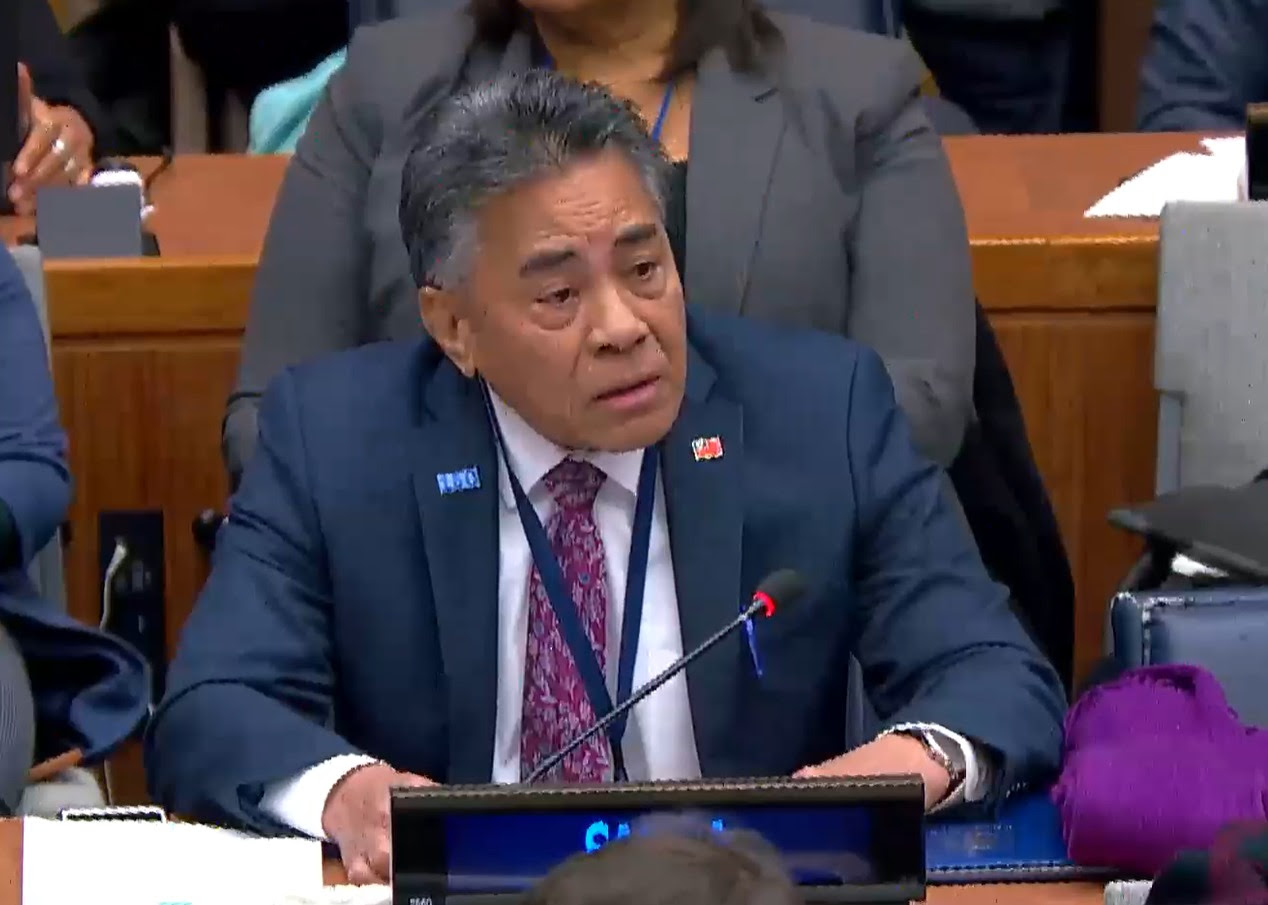This news article is a production distributed through Caribbean News Service. It is made freely available to your media and we encourage publishing and redistribution, giving credit to Caribbean News Service (CNS).
ANSE-A-PITRES, Haiti, Mar 31 2016 – Forced out of the Dominican Republic, Anise Germain and her family pitched a flimsy tent of blankets and cardboard on a patch of rocky ground just across the border in Haiti. She feared they might never leave the camp.
Ten months later, things are looking up. Germain, her husband and three children have been relocated to a cinderblock shack in the nearby Haitian border town of Anse-a-Pitres. They lack running water and electricity, but they are no longer in a forlorn camp of Haitians and people of Haitian descent who have fled or were expelled in a Dominican crackdown on migrants.
“I think life will be better for us here,” Germain said as she watched her youngest daughters play in the backyard with several banana and papaya trees and enough space for a small vegetable plot.
Their move comes amid efforts to cope with an influx of people from across the border setting up tent camps similar to those that aid groups and the government spent years trying to clear out after Haiti’s devastating 2010 earthquake.
The camps emerged on the outskirts of Anse-a-Pitres last June as increasing numbers of people left the Dominican Republic. A few thousand people found nowhere to go in Haiti, often because they had been gone so long they didn’t have the social connections needed to survive on the poorer side of the island of Hispaniola.
Germain, 32 and pregnant, fit that category. Her parents went to the Dominican Republic to work in farming when she was 6. The family settled in a shantytown near La Ceiba.
“Life was hard in Haiti, but life was hard in the Dominican, too,” she said.
Her parents, who have since died, never got legal residency for their children.
The Dominican Republic, which has long had an uneasy relationship with its much poorer neighbor, has become much less hospitable to its migrants.
Over the last several years, Dominican authorities have begun trying to bolster the largely porous border with Haiti, increasing security at the main crossing points and deporting people who can’t prove legal residency.
In September 2013, the Dominican constitutional court issued a much-debated ruling that children born in the country to non-citizens did not qualify for automatic citizenship because their migrant parents were “in transit.” The decision was retroactive, rendering people who thought they had legal status effectively stateless.
With its migrant policies under international criticism, the Dominican government created a programme that allowed people born in Haiti to qualify for legal residency if they could get the necessary paperwork proving they had been in the Dominican Republic since before October 2011.
Many people couldn’t meet the requirements and moved on their own, fearing a crackdown. The International Organization for Migration says at least 78,000 people have left the Dominican Republic for Haiti. The Dominican government puts the number at 129,000. (AP)




